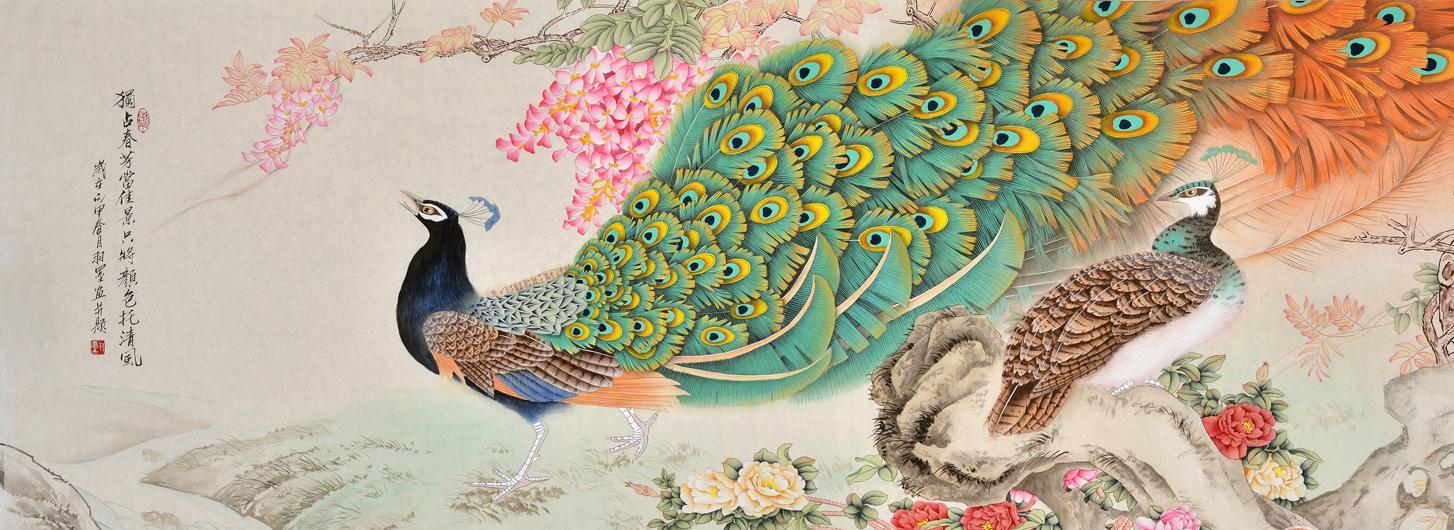
Behind the Plumage
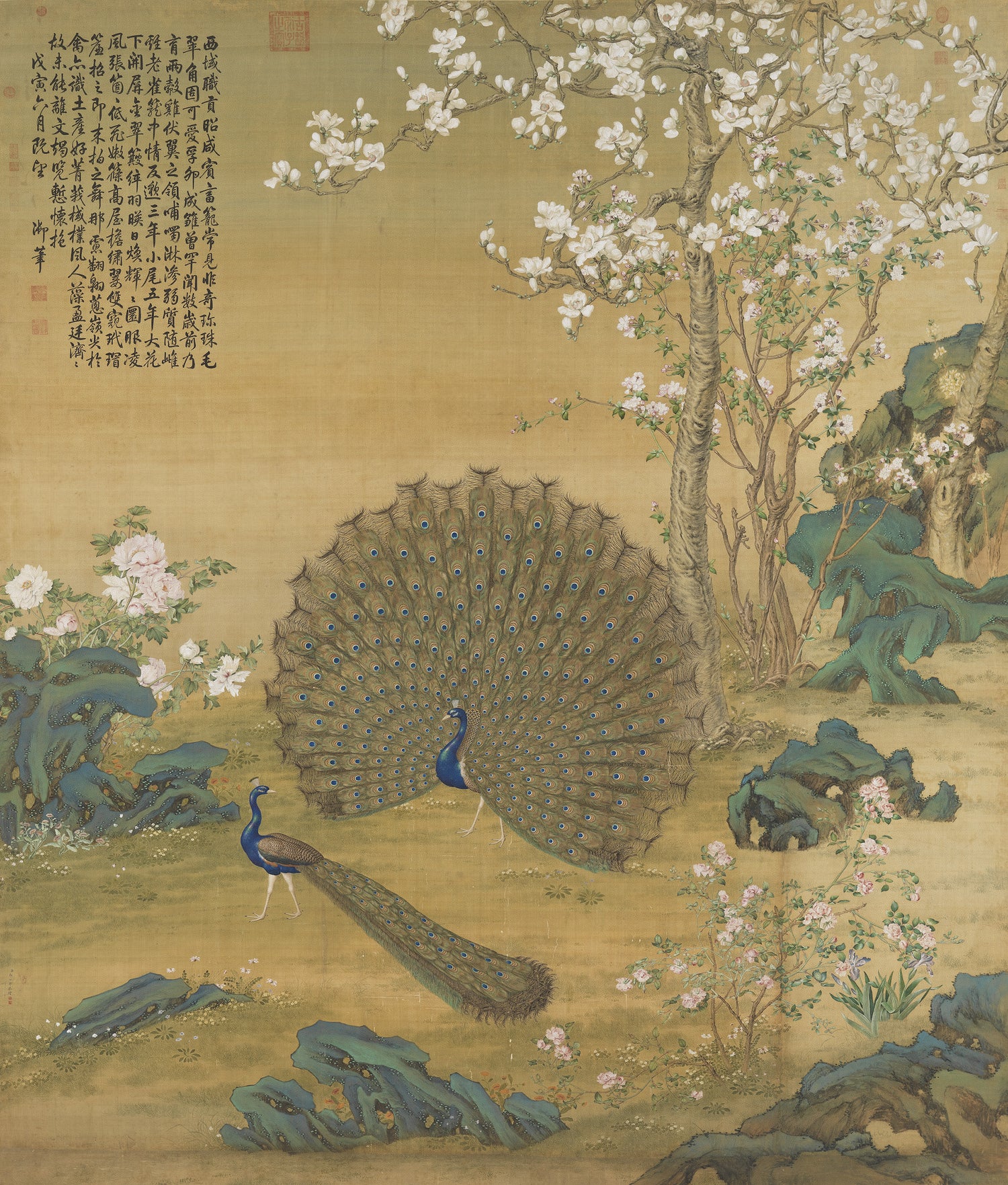
Noble and Luxury
In traditional Chinese culture, the peacock has long been a symbol of auspiciousness and prosperity. Throughout history, regions from all directions offered peacocks as tributes to the central plains, signifying their respect and goodwill.
During the reign of Emperor Cheng of the Zhou Dynasty, peacocks were presented as tributes from the western regions. However, after the Manchus established control over the central plains, they gained the central position of the "Celestial Empire," and the dynamics shifted. No longer presenting tributes, they became the recipients, with Hami offering peacocks as tributes annually, a practice initiated during the Kangxi era.
In the 23rd year of the Qianlong Emperor (1758), Hami from the western regions presented peacocks as tributes. In response, the Emperor composed the poem "Peacock Displaying Feathers," which reflected the grandeur of the peacock's plumage.
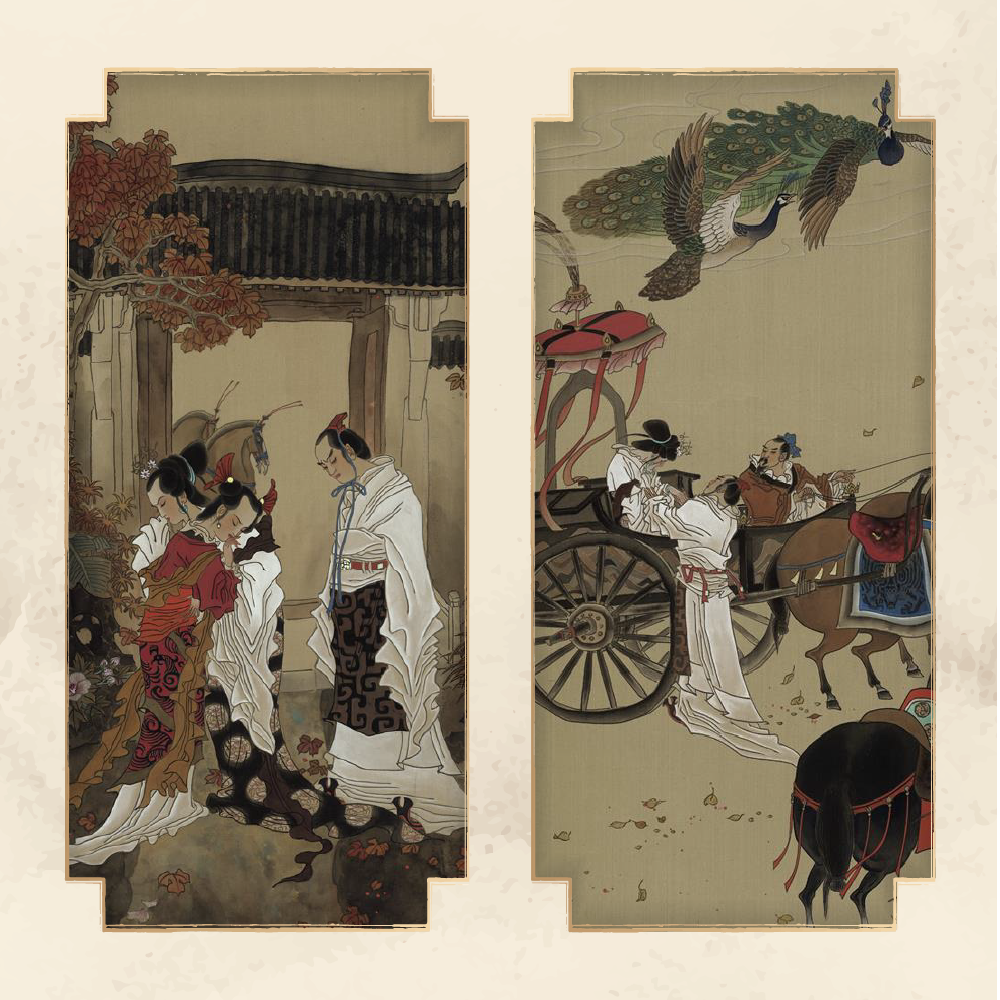
Love and Happiness
In the eyes of people, the peacock is considered the kindest, most intelligent, and most loving of freedom and peace among birds. Its beauty is widely admired, with graceful posture exuding captivating charm, portraying an elegant and noble aura that allows people to genuinely feel a sense of aesthetic beauty.
Peacock feathers also symbolize unwavering love. In the Dai ethnic group, men use peacock feathers to express love to women. The phrase "The peacock flies to the southeast, lingering every five miles" from the poem "The peacock flies to the southeast" reflects the poignant emotions between lovers. In Chinese Buddhism, the peacock is considered sacred and is the embodiment of the mythical "Phoenix." As a mated pair, it symbolizes the union of yin and yang, representing harmonious families. This reflects people's sacred and reverent feelings towards love and marriage, with the symbolism of pairs and the auspicious connotation of good things coming in pairs.
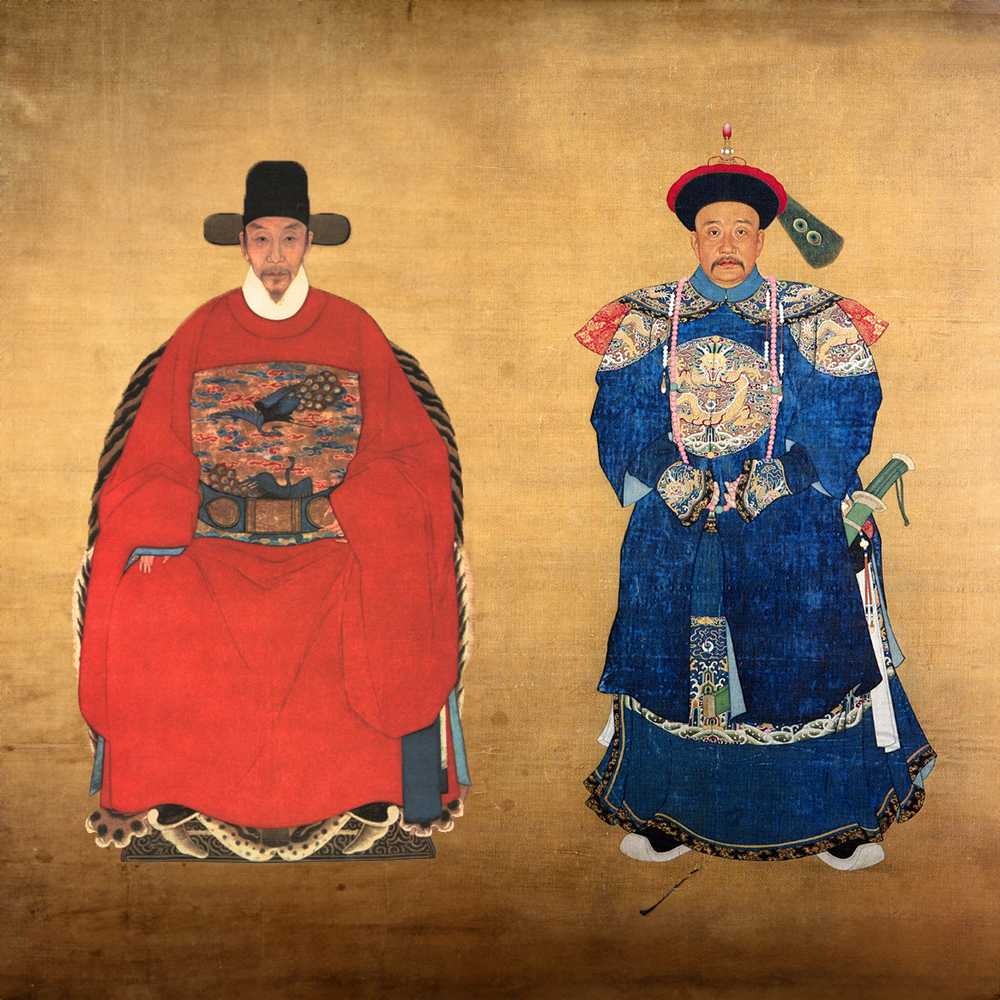
Power and Prosperous Future
The peacock, known as the king of birds, is admired for its graceful stature and magnificent feathers, evoking a sense of nobility and elegance. Consequently, the peacock has often been used to symbolize royal authority and power. In ancient times, peacock feathers, referred to as colorful feathers, were exclusive to the imperial family, and only the emperor and nobility were entitled to wear them.
During the Ming and Qing dynasties, peacock motifs adorned the official attire of civil officials, making the peacock a symbol of official rank, position, and authority during these periods. The ornamental plume worn on the headgear of Qing officials, known as "wear flower plume," served to denote their rank. The term "flower plume" specifically referred to peacock feathers with the distinctive "eyes". These eyes, found at the tail end of the feather, varied in number (single, double, or triple), symbolizing the official's level of merit—the more eyes, the higher the accomplishments.
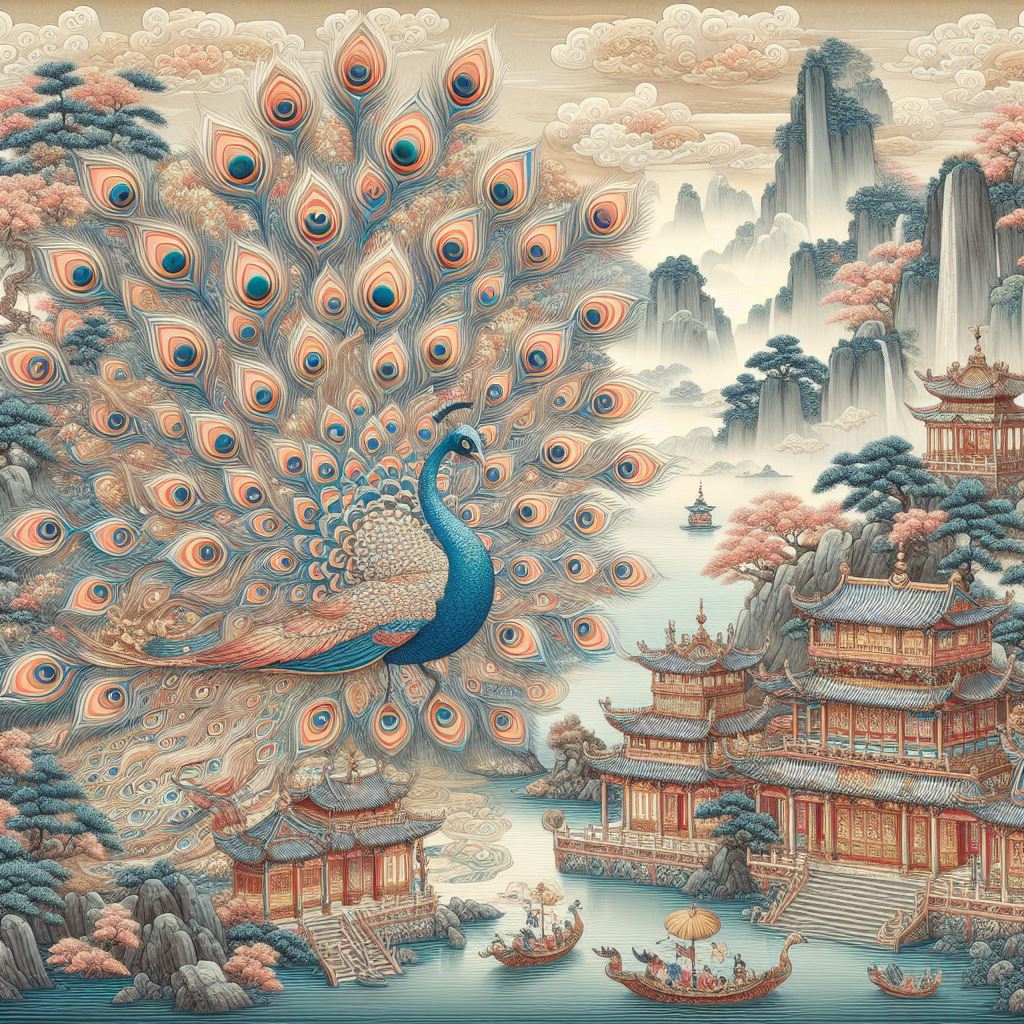
Uniqueness and Innovation
Peacocks, known for their distinctive appearance and eye-catching feather patterns, are celebrated for the unique beauty each individual peacock possesses. Using the peacock as a symbol, the brand conveys a commitment to creativity and individuality.
Just as each peacock has a unique feather pattern, the brand's products or services are crafted to stand out, featuring innovative designs and distinctive characteristics. This not only emphasizes the brand's unique position in the market but also communicates the brand's determination to pursue excellence and innovation. The distinctive appearance not only sets the brand apart in a competitive market but also creates a unique shopping experience.
